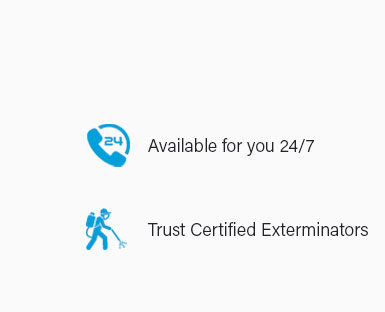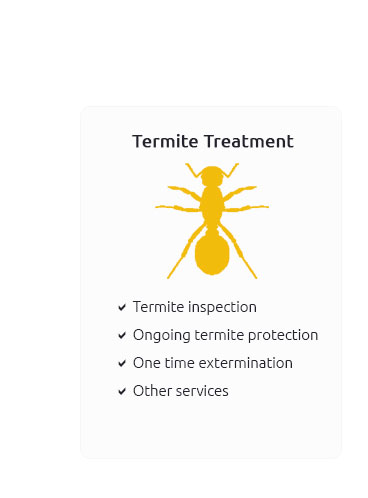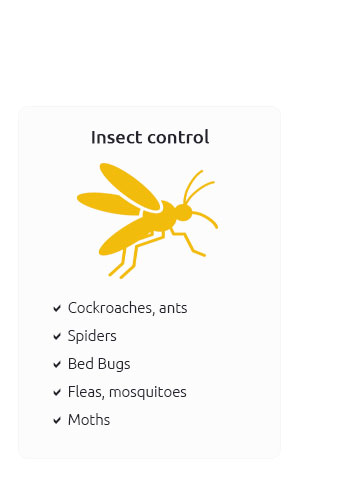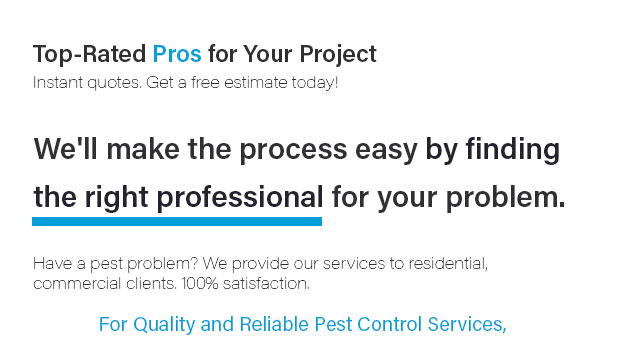 |
|
||||||
 |
 |
 |
 |
 |
 |
 |
 |
 |
 |
 |
 |
 |
Bat Pest Control: Comprehensive Strategies and Best PracticesBats play a crucial role in the ecosystem by controlling insect populations, but when they take residence in human structures, they can become a nuisance. Understanding how to manage bat pest control effectively is essential for maintaining a safe and hygienic environment. Understanding Bat Behavior and HabitatsCommon HabitatsBats often seek shelter in attics, barns, and other secluded areas where they can roost undisturbed. These spaces offer protection from predators and the elements. Behavioral PatternsMost bats are nocturnal, emerging at dusk to feed on insects. They are typically active from spring through fall, with some species migrating or hibernating during winter months. Effective Bat Control StrategiesExclusion Methods
Humane DeterrentsUtilize sonic devices or lighting to make environments less attractive to bats. These methods are humane and can be effective when used consistently. Health Risks and Safety MeasuresBats can carry diseases such as rabies, and their droppings may harbor histoplasmosis spores. It's crucial to handle any bat encounters with caution, using protective gear if necessary. Professional Bat Control ServicesWhen dealing with significant infestations, it may be necessary to consult professional pest control services. They can provide expertise and resources for safe and effective bat removal. For instance, if you're dealing with other pests as well, you might consider services like a bee exterminator in Gilbert, AZ, who could offer comprehensive pest solutions. Legal ConsiderationsIt's important to note that bats are protected under various wildlife conservation laws. Before initiating any control measures, familiarize yourself with local regulations to ensure compliance. FAQs
In conclusion, while bats are beneficial to the environment, their presence in human dwellings can pose challenges. Employing effective bat pest control strategies ensures safety and compliance with legal standards, allowing both humans and bats to coexist harmoniously. https://www.crittercontroloftoledo.com/wildlife/animals/bats/
Bats nesting in the attic or getting in through the chimney? Critter Control of Toledo can help eliminate bats in your home and prevent them from re-entry. Call ... https://batremovaltoledoohio.com/
Bat Removal Toledo Ohio, Buckeye Wildlife Solutions NW, provides #1 bat services including bat removal, exclusion, cleanup, sanitation, bat-proofing, ... https://prowildlifetrapping.com/toledo-oh-bat-removal/
Hearing noises in the attic? We specialize in finding entry points, getting rid of nuisance bats in the attic and sealing all ...
|



